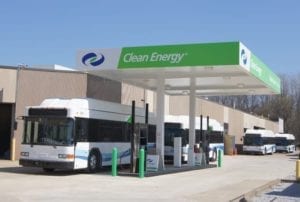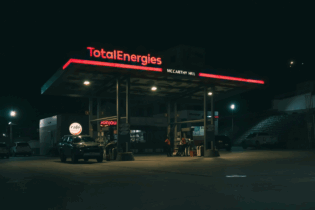Is it possible to run a small fleet of vehicles on compressed natural gas (CNG) or liquefied petroleum gas (LPG) in South Africa today?
South Africa has been slow in adopting alternative energy sources. There are currently less than 15 filling stations in South Africa that offer CNG or LPG refuelling facilities, and it is strongly suspected that the lack of infrastructure is one of the main reasons why most large fleet operators have not yet adopted this alternative fuel technology. “There would need to be at least 20 to 30 sites in central Johannesburg alone before it becomes feasible to operate a regional fleet on CNG or LPG,” says Murray Price, managing director of Eqstra Fleet Management. The low adoption rate is surprising, given that CNG and LPG both produce substantially lower carbon emissions and significant fuel savings. South Africa has an abundant reserve of the stuff and widespread use would reduce fuel fraud risks. Some suppliers offer reduced prices based on usage while VAT can be claimed on CNG transactions as well. “Despite limited infrastructure, there are solutions available to assist fleet operators should they decide to take this route. Critical mass could be achieved in the next two years if more companies convert to this alternative technology,” Price adds. Sasol has added LPG fuel pumps at certain fuel stations while mobile filling stations are available to corporates with a fleet size larger than 50 vehicles. In South Africa, LPG is more readily available than CNG. Since it is refined from petrol, it is subject to higher pricing, but it also produces fewer emissions, improves fuel efficiency and reduces fuel fraud risk.The driving range of natural gas vehicles (NGV) is generally less than that of comparable petrol and diesel vehicles because, with natural gas, less overall energy content can be stored in the same size tank as more energy-dense petrol and diesel fuels. But this problem can be overcome on larger vehicles with the addition of extra storage tanks.
Another option is hydrogen injection, which offers a third alternative for diesel vehicles. Hydrogen injectors inject a small amount of oxyhydrogen (HHO) into the fuel before the ignition phase. The HHO diesel mix has a shorter combustion period, which provides better efficiencies and cleaner engines with a subsequent decrease in carbon emissions. HHO reduces carbon monoxide, hydrocarbons and particulates – especially organic particulates – and reduces exhaust gas temperatures. Only a small and very specific amount of HHO is needed, which will vary depending on engine size and capacity. Horsepower is typically increased between 3% and 12%, depending on the engine and the grade of diesel used. HHO also improves and cleans heavily carbonised engines and works best when the vehicle is travelling at certain speeds. No benefit is achieved when the engine is idling. The petrol price has shown an average increase of 13% year-on-year, since 2003. Even with recent price reductions, and with fuel contributing more than 45% of total fleet costs, the use of alternative fuels should already be offering a viable solution to reduce costs and emissions. But the lack of harmonised codes and standards across international jurisdictions is seen as a barrier to mainstream NGV market penetration. That being said, the International Organisation for Standardisation has an active technical committee working on a standard for natural gas fueling stations for vehicles. While various South African companies and public sector entities have been working to create a renewable energy strategy, the infrastructure to support alternative fuel use initiatives will have to be expanded exponentially in the near future for it to be viable.







